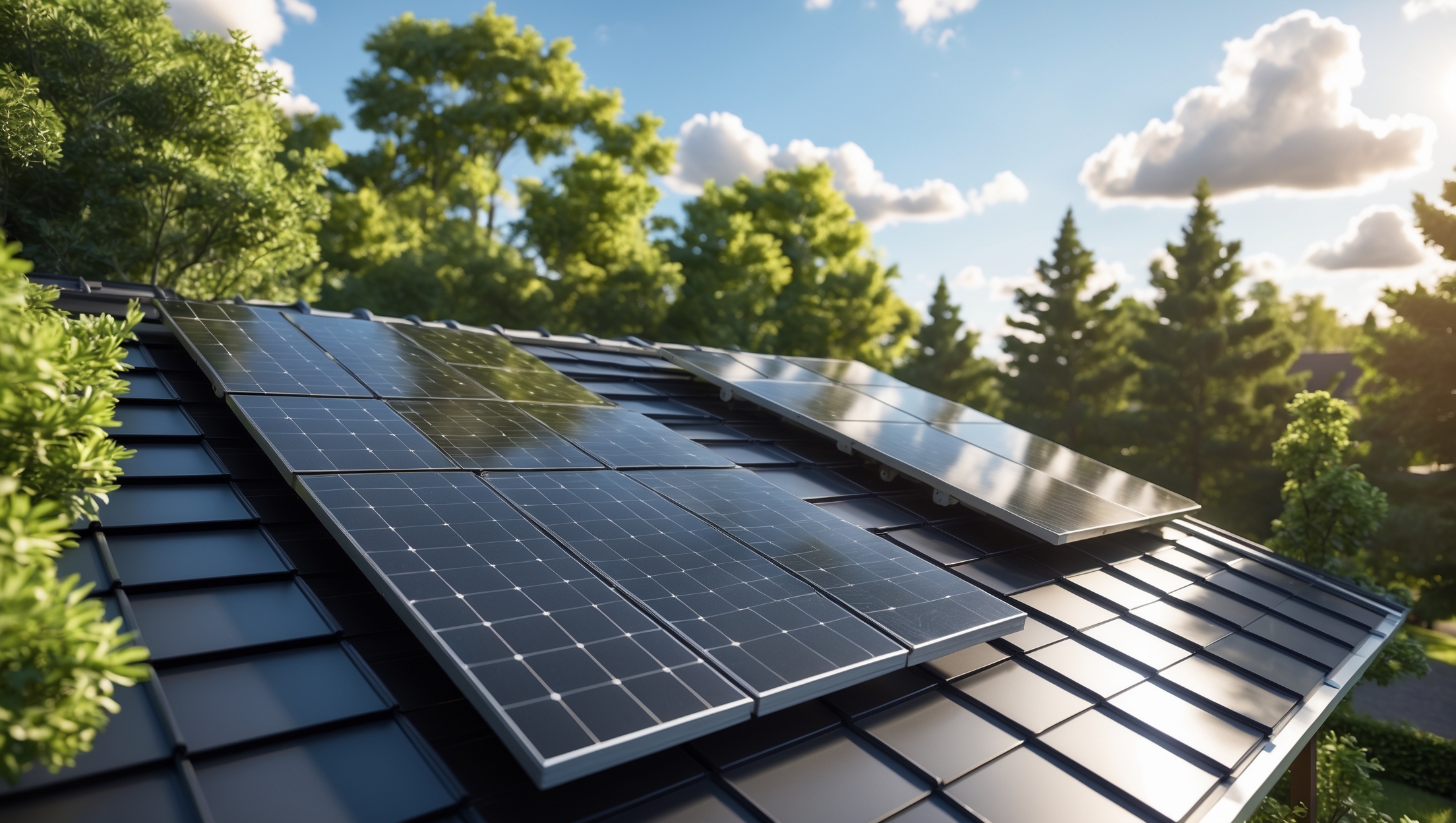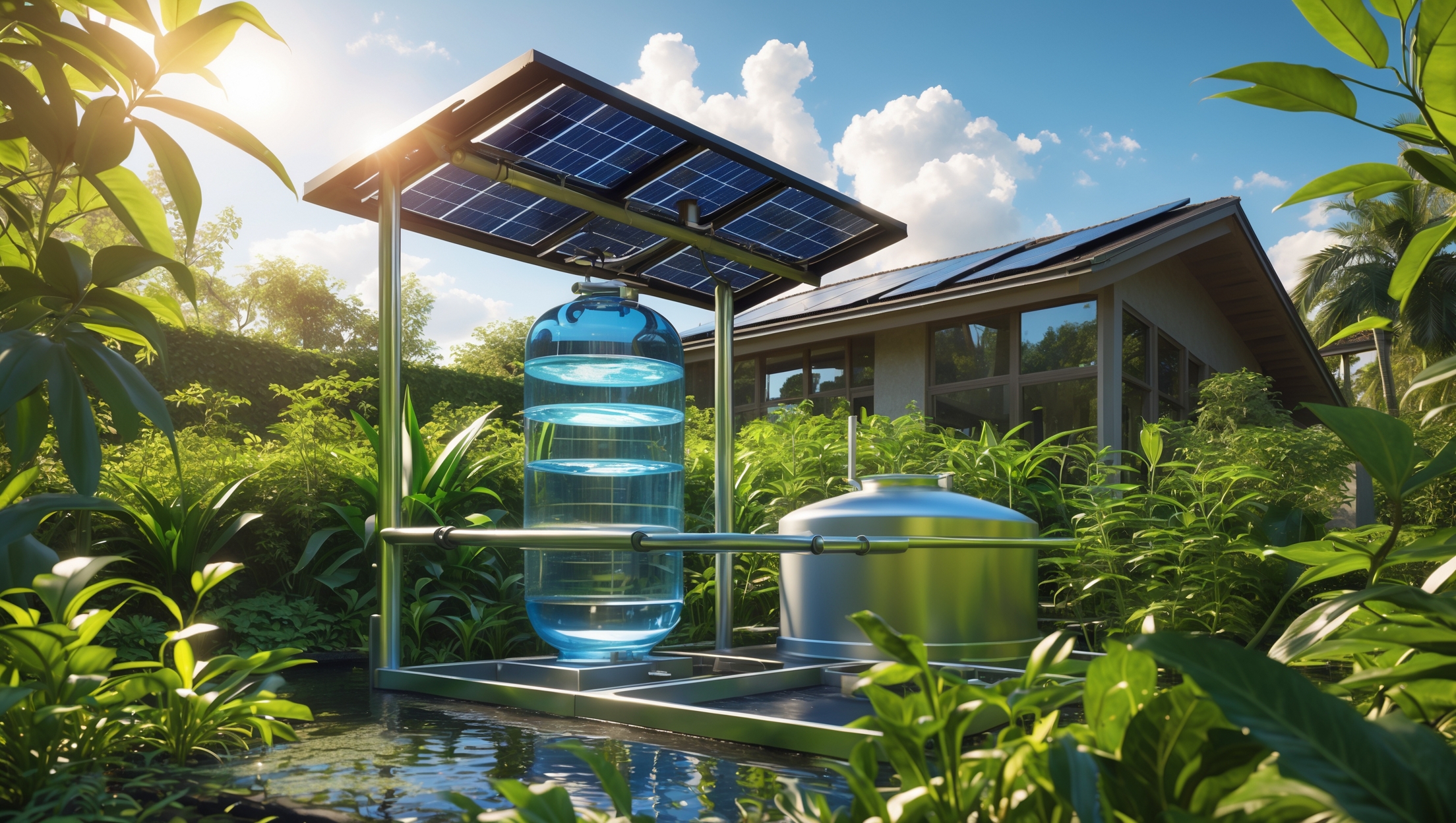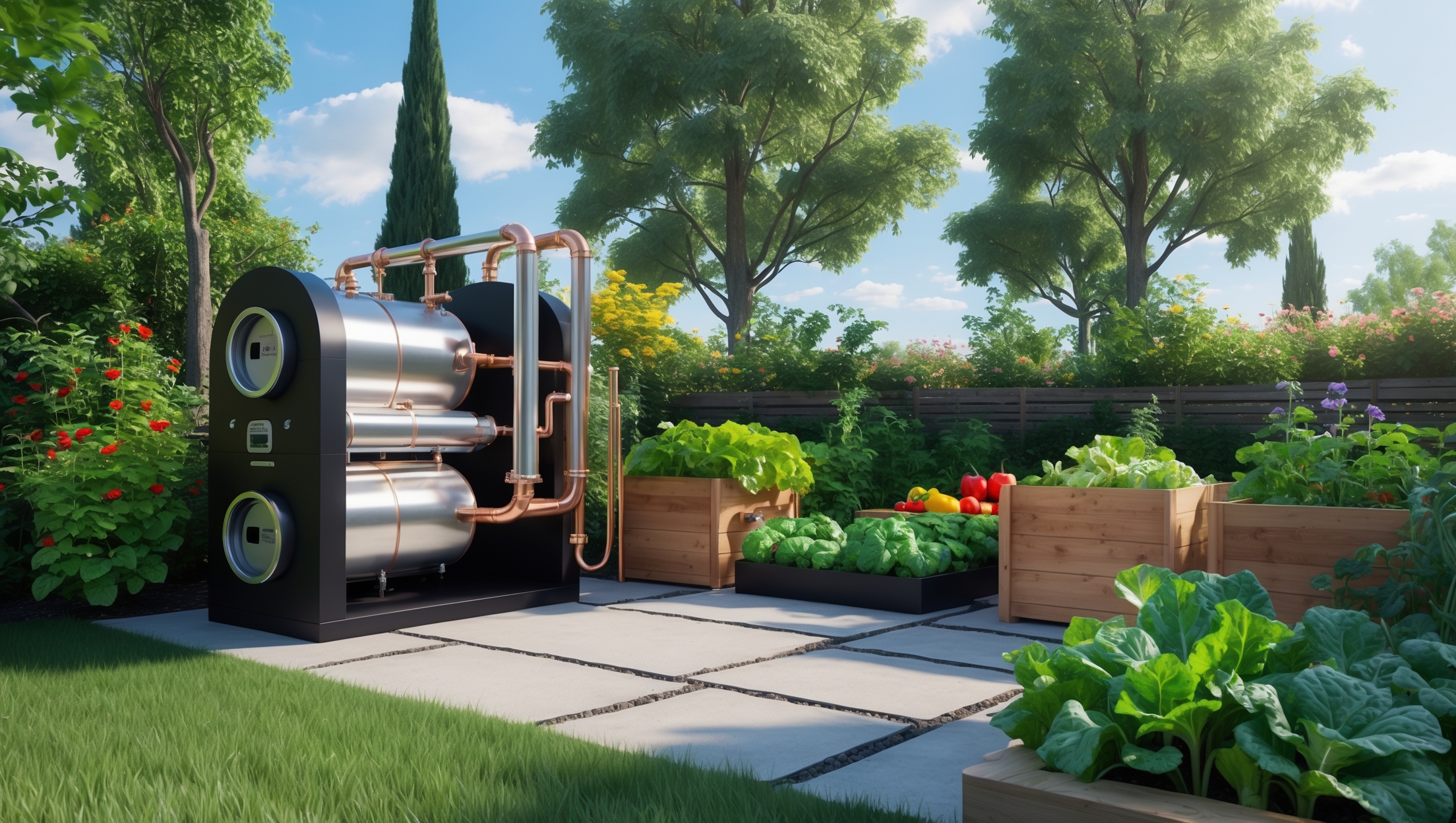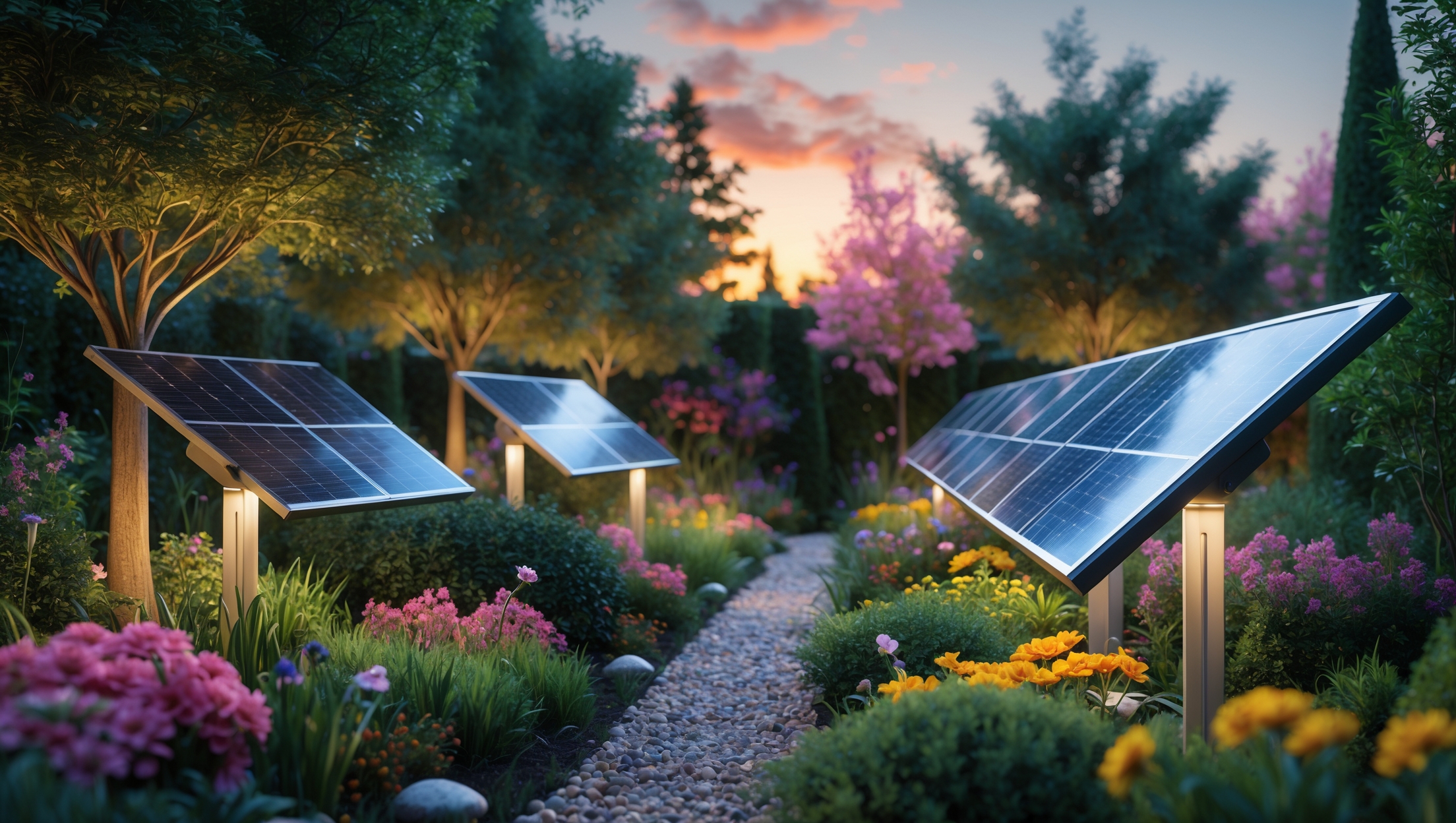Introduction: Unraveling the Truth About Solar Shingles and Panels
As the push for sustainable living intensifies, homeowners are confronted with an expanding array of green technologies for harnessing renewable energy. Two of the most prominent contenders for residential solar power are solar shingles and traditional rooftop solar panels. While both options promise to lower utility bills and reduce carbon footprints, misinformation and marketing hype can make it difficult to choose the right solution for your home. In this comprehensive post, we break down the most persistent myths, compare performance and cost, and clarify the practical considerations that matter most when deciding between these two solar roofing technologies. Whether you’re planning a new build, considering a roof replacement, or simply curious about the future of residential solar, this guide will help you separate fact from fiction—and make an informed, future-proof decision for your sustainable home.
Understanding Solar Shingles and Traditional Solar Panels
What Are Solar Shingles?
Solar shingles, also known as photovoltaic (PV) shingles, are building-integrated photovoltaics designed to look and function like conventional roofing materials while generating electricity. Each shingle contains solar cells laminated into a weatherproof package, installed as part of the roof itself. They blend seamlessly with asphalt, slate, or tile roofs, offering a discreet alternative to rack-mounted solar panels.
What Are Traditional Solar Panels?
Traditional rooftop solar panels are composed of multiple PV cells grouped into modules, typically mounted atop existing roofs using metal racking systems. These panels have decades of proven performance, offering high efficiency and a familiar aesthetic. Their modularity and widespread adoption make them the current industry standard for residential solar installations.
Myth 1: Solar Shingles Are Always More Efficient Than Traditional Panels
One of the most common misconceptions is that solar shingles, being newer and more integrated, must be more efficient than traditional panels. In reality, efficiency is dictated by PV cell technology, ventilation, and optimal angling toward the sun.
- Typical Efficiency: High-efficiency solar panels (monocrystalline) can reach 19-22%, while solar shingles often range from 14-18% due to design and heat buildup.
- Heat Dissipation: Panels are mounted above the roof, allowing airflow beneath them, which keeps them cooler and operating closer to peak efficiency. Shingles, being flush with the roof, can overheat and lose efficiency in hot climates.
- Orientation Constraints: Panels can often be angled or placed optimally, while shingles conform to your roof’s pitch, which may not be ideal for solar exposure.
Verdict: Traditional panels generally outperform solar shingles in terms of energy efficiency per square foot.
Myth 2: Solar Shingles Are Cheaper Than Solar Panels
The idea that solar shingles are a cost-saving choice stems from their dual function as both roofing and solar array. However, the real-world cost comparison is more nuanced.
- Upfront Cost: As of 2024, solar shingles typically cost $20–$30 per square foot, including installation, while conventional solar panels range from $2.50–$4.50 per watt installed.
- Roof Replacement Factor: If your roof needs replacing, solar shingles can offset part of that expense, since you’re paying for a new roof and solar in one. If your roof is in good condition, adding panels is usually less expensive overall.
- Incentives & Rebates: Both technologies generally qualify for federal tax credits and local incentives, but some utilities or rebate programs may have limitations for newer or less-common tech like shingles.
Verdict: For most homeowners, panels offer a lower cost per watt and a shorter payback period unless a roof replacement is already needed.
Myth 3: Solar Shingles Are Maintenance-Free
Solar shingles are often marketed as requiring less maintenance than panels because they’re flush with the roof and don’t have external racking. While it’s true that there’s no bulky mounting hardware, shingles are not entirely maintenance-free.
- Debris and Shading: Like panels, shingles must be kept clear of debris, moss, and snow to maintain performance. Their lower profile can make them more susceptible to leaf and dirt accumulation in valleys and crevices.
- Roof Repair Complexity: If you need to repair your roof, replacing or repairing individual shingles is typically more complex and costly than accessing panels on racks.
- Monitoring Systems: Both systems require monitoring for performance drops or electrical issues, and both benefit from periodic professional inspections.
Verdict: Solar shingles are not maintenance-free. Ease of repair and access is generally better with traditional panels.
Myth 4: Solar Shingles Look Better on Every Home
Aesthetics are subjective, but many homeowners are attracted to the low-profile, integrated appearance of solar shingles. However, several factors affect the final look and suitability:
- Roof Type Compatibility: Solar shingles work best with simple, asphalt-shingle roofs. Complex rooflines, heavy shading, or unique materials (like metal or tile) may not be compatible.
- Partial Coverage: Most solar shingle installations only cover part of the roof (the sunniest area), leading to a visible difference between solar and non-solar sections.
- Panel Advances: Slim-framed, all-black solar panels can be visually appealing and may blend in well with modern architecture.
Verdict: Solar shingles can be beautiful, but compatibility and aesthetics depend on your roof’s design and your expectations.
Myth 5: The Performance Warranty is the Same for Both Technologies
Warranties are critical when investing in solar. Many believe shingles and panels offer identical coverage, but this is rarely true.
- Solar Panels: Leading manufacturers commonly offer 25-year performance warranties, guaranteeing at least 80–90% output after 25 years.
- Solar Shingles: Warranties vary widely, with some offering 20–25 years, but others as little as 10–15 years, especially from newer brands. Roofing material warranties may also differ from the solar component warranty.
- Installer Stability: Because solar shingles are newer, it’s important to vet both the manufacturer and installer for long-term viability.
Verdict: Traditional solar panels generally offer longer, more robust warranties and a more mature service network.
Comparative Cost Breakdown: Solar Shingles vs. Panels
Initial Installation Costs
- Solar Shingles: $20,000–$50,000+ for an average home, with wide variance depending on roof size, complexity, and product brand.
- Solar Panels: $12,000–$30,000 for a typical 6–10 kW system, including equipment, labor, and permitting.
Ongoing Costs
- Maintenance: Both require occasional cleaning and monitoring. Shingles may have higher costs for repair due to integration with roofing material.
- Inverter & Electronics Replacement: Both systems may need a new inverter after 10–15 years, costing $1,000–$2,500.
Resale Value & Insurance
- Home Value: Both can increase property value, but buyers may be more familiar with traditional panels’ performance and lifespan.
- Insurance: Notify your insurer about any rooftop solar. Some providers are more comfortable with traditional panels and may require more documentation for shingles.
Durability and Weather Resistance: Real-World Performance
Wind and Hail Ratings
- Solar Shingles: Premium brands are rated for high wind (up to 110–130 mph) and moderate hail impact. However, some early models suffered from premature failure in harsh climates.
- Solar Panels: Most panels are rated for winds of 140 mph and hail up to 1-inch diameter. Damaged panels can be replaced individually.
Fire Safety
- Both technologies must meet local fire code requirements. Because shingles are integrated, installation quality is critical to maintain fire resistance.
Installation Process: What to Expect
Solar Shingles
- Installation is more labor-intensive, requiring roof removal and integration with new roofing layers.
- May take 5–10 days for a mid-sized home, longer for complex roofs.
- Fewer qualified installers; limited availability in some regions.
Traditional Solar Panels
- Installed over existing roofing in 1–3 days for most homes.
- Widespread installer availability and more competitive pricing.
- Easy to expand or modify in future years.
Environmental Impact and Sustainability
Both systems dramatically reduce reliance on fossil fuels, but their full environmental impact includes manufacturing, transport, installation, and end-of-life recycling.
- Panels: Well-established recycling programs for panels; lower embodied carbon per watt due to higher efficiency and manufacturing scale.
- Shingles: Fewer recycling options; some products use more advanced or rare materials, increasing manufacturing impact.
Consider the entire lifecycle—not just the visible product—when assessing sustainability.
Choosing the Right Solution: Key Considerations
- Roof Age: If your roof is nearing replacement, solar shingles may be worth considering. If not, panels are likely more cost-effective.
- Budget: Panels offer a more affordable entry point for most homeowners.
- Efficiency Needs: If maximizing power output per square foot is critical, panels have the edge.
- Aesthetics: If a low-profile look is essential and your roof is compatible, shingles are attractive.
- Local Climate: Panels are more resilient to heat and easier to repair in storm-prone areas.
- Installer Availability: Panels offer a larger pool of experienced installers and support services.
Frequently Asked Questions
Can I install solar shingles and panels together?
Technically, yes—some homes use both, but integration must be carefully designed by a professional. Most homeowners choose one or the other.
Are solar shingles eligible for the same federal tax credits as panels?
Generally, yes. Both qualify for the Federal Solar Investment Tax Credit (ITC), but check with your installer for local incentive compatibility.
Do solar shingles work in snow or cold climates?
Solar shingles do generate power in cold, sunny conditions. However, snow removal can be more difficult, and performance losses due to snow cover may be higher than for raised panels.
Conclusion: Making an Informed Choice for Your Green Future
Choosing between solar shingles and traditional rooftop solar panels is more than a matter of style—it’s a nuanced decision that balances efficiency, cost, durability, aesthetics, and future-proofing your home’s sustainability efforts. While solar shingles offer a sleek, integrated look and may be ideal if you’re already planning a roof replacement, traditional solar panels deliver higher energy output per dollar and a proven track record of reliability. The key is to evaluate your specific roof, budget, and long-term plans, seeking guidance from experienced installers who understand both technologies.
Don’t be swayed by marketing myths or the allure of the latest trend. Instead, focus on real-world performance, warranty coverage, and your home’s unique requirements. Both solar shingles and panels can reduce your carbon footprint and energy bills, but the best choice is the one that aligns with your needs, local conditions, and sustainability goals. By staying informed and asking the right questions, you’ll make a decision that delivers lasting value—for your home, your wallet, and the planet.
Ready to take the next step? Consult a local solar professional to evaluate your roof, run accurate energy production estimates, and outline total costs. With the right knowledge, your journey toward sustainable, future-ready energy starts today.





The article mentions marketing hype around solar shingles. Are there any key maintenance issues or hidden costs associated with shingles that homeowners should be aware of compared to traditional panels?
Yes, solar shingles can have some hidden costs and maintenance considerations. They often require specialized installation, which can raise labor expenses. If a shingle malfunctions, replacing just one can be tricky and may involve disturbing your roof more than a standard panel repair. Also, if your roof needs replacing before the end of the shingles’ lifespan, removal and reinstallation can become costly, unlike panels that are easier to remove and reinstall.
From a budgeting perspective, are there significant differences in upfront costs or available incentives between installing solar shingles and traditional rooftop panels? I’m trying to understand which would offer a quicker return on investment for an average-size home.
Solar shingles generally have a higher upfront cost compared to traditional rooftop panels, mainly due to their dual function as both roofing and solar material. Traditional panels are typically more cost-effective and offer a quicker return on investment for most average-sized homes. As for incentives, both options usually qualify for the same tax credits and rebates, but always check local programs to confirm. Overall, traditional panels tend to be the faster ROI choice for most homeowners.
The article mentions that solar shingles blend in with traditional roofing materials better than standard panels. Are there specific roof types or materials where shingles are not recommended or might not perform as well?
Solar shingles work best on roofs with asphalt shingles or similar flat materials. They aren’t usually recommended for slate, clay tile, or wood shake roofs because installation can be difficult and may not provide a secure fit. Also, roofs with a lot of shade or complex shapes might not be ideal for solar shingles, since performance can be compromised.
If I want to be able to upgrade or expand my solar system later, is it easier to add more capacity to a traditional rooftop panel system or to a solar shingle system?
Expanding a traditional rooftop solar panel system is generally much easier than adding capacity to a solar shingle system. With panels, you can usually add more modules to your existing array or install additional inverters if needed. Solar shingles, on the other hand, require more complex roofing work and may not be as straightforward to upgrade or expand.
Since traditional panels are described as having ‘decades of proven performance,’ how do warranties and manufacturer support compare between shingles and standard panels, especially for someone concerned about long-term reliability?
Traditional solar panels typically offer warranties of 20 to 25 years, reflecting their long track record and manufacturers’ confidence. Solar shingles, being newer, often come with shorter warranties, usually around 10 to 20 years. Support networks for standard panels are also more established. If long-term reliability and support are your top priorities, traditional panels generally provide stronger peace of mind.